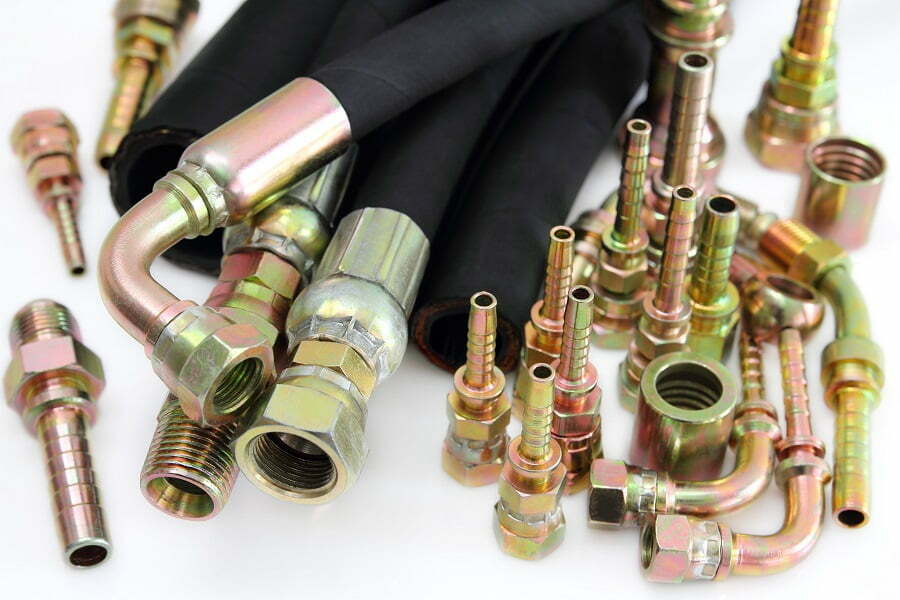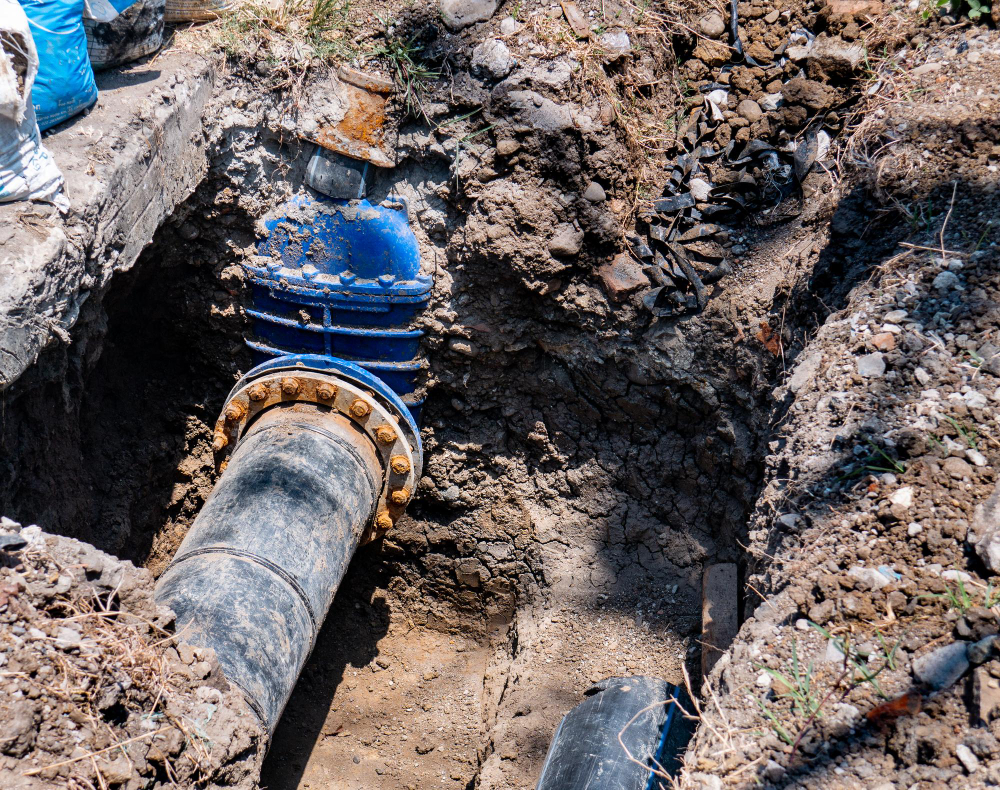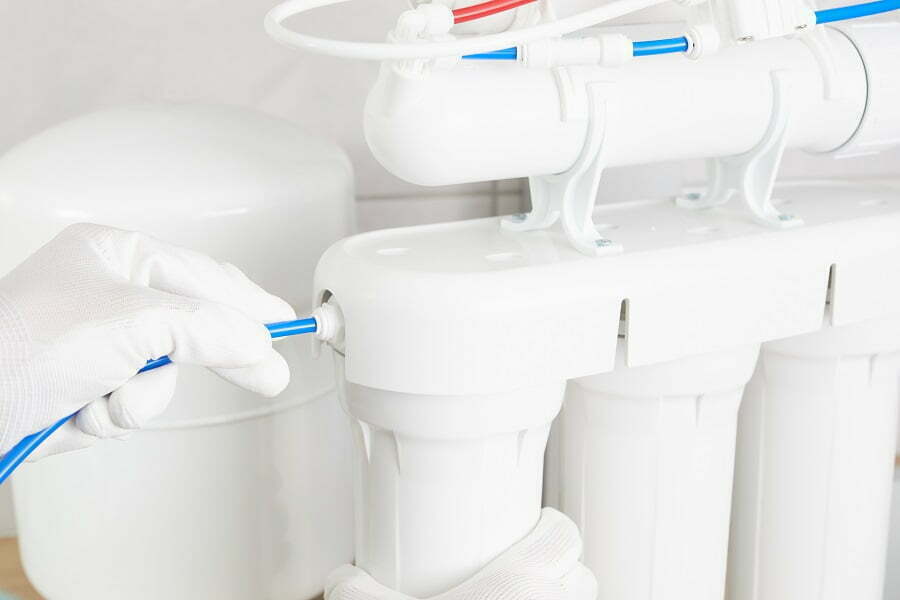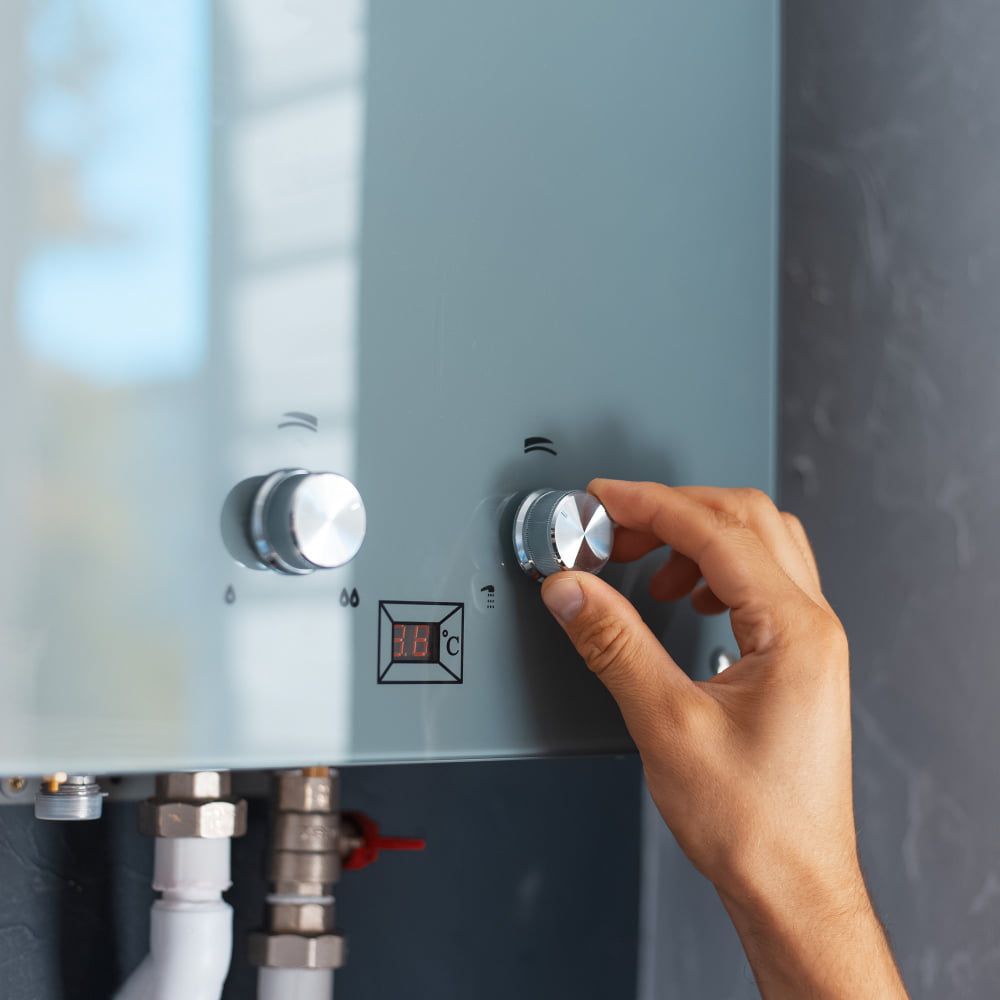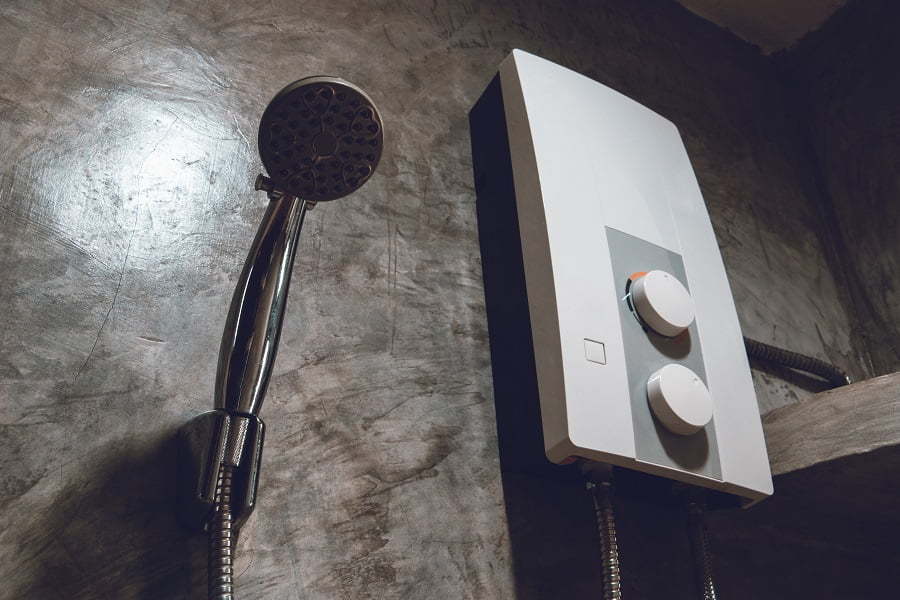Last updated on
When it comes the time to repair your household plumbing pipes, you have two choices — replacement or pipe relining. What’s more efficient?
When it comes to repairing your home’s plumbing system, there are usually two options. You can either choose to repair it using pipeliners or go for a traditional pipe replacement. To make an informed decision, it’s important to know the difference between the two methods.
Pipelining is considered more convenient and less costly when compared to a complete pipe replacement. Pipe replacement calls for completely replacing corroded pipes or removing pipes, drywall, and other fixtures.
In this article, you’ll learn about the difference between pipelining and pipe replacement.
Difference Between Pipe Lining and Pipe Replacement
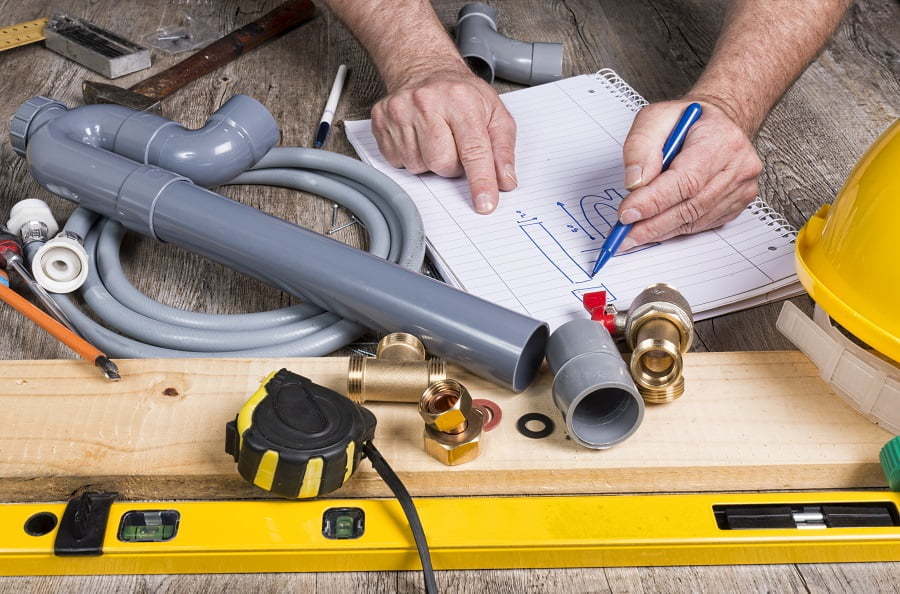
Pipe relining is an innovative, cost-effective way of repairing old pipes in difficult-to-reach areas. Using trenchless technology, pipelining provides continuous protective lining that prevents internal corrosion at a fraction of the price that you’d normally spend for a total pipe replacement. Trenchless pipe relining also offers property owners several benefits like reduced energy costs, increased pipeline flow, reduced maintenance requirements, and increased pipeline life.
On the other hand, pipe replacement is simply replacing your old metal pipelines with new ones. However, pipe replacement requires the excavation of your garden or yard, which can deal with extensive damage to your landscape. Since pipe replacement is time-consuming and labor-intensive, it’s typically more expensive than pipe relining.
Pipe relining is more efficient than pipe replacement.
Below are some of the top reasons why pipeliners are more efficient than replacing pipes.
Cost-Effective
Since trenchless pipe relining is a non-invasive process that doesn’t require excavations or digging up your entire property to replace pipes, it reduces equipment and labor cost. Since reconstruction costs constitute 60% of the overall replacement cost and epoxy lining removes the need for reconstruction, this makes trenchless pipe relining a more cost-effective option. Since trenchless pipe relining is done without having to replace the current plumbing system, you won’t have to worry about additional infrastructure replacement costs like replacing landscapes, driveways, or pathways.
Durable
Pipe relining is a trenchless pipe relining process in which the epoxy coats an old pipeline. The epoxy dries up and sticks effectively to the old pipeline. Since the pipe relining material is not metal, there are no chances of damage through corrosion. Most pipeliners have a lifespan of 50-60 years. These linings also require minimal maintenance. On the other hand, replacing pipes doesn’t only require digging up your entire yard but since it’s made of metal, it’s vulnerable to corrosion.
Easy-To-Install
One of the biggest advantages of an epoxy resin coating is that it’s a simple and convenient installation process. Pipeliners use a mobile hot water curing system that speeds up the curing time and improves the productivity of the pipelining. This is less time-consuming when compared to pipe replacement. While pipe relining can be completed in just one day, getting the pipes in your home replaced may take days.
Causes No Damage to Your Landscape
When you’re thinking of getting a pipe replacement, you have to keep in mind that your garden or backyard landscape may get damaged during the process. Once the pipe replacement work is complete, you’ll have to redesign your landscape. This can be time-consuming and may also lead to additional expenses. When you opt for a pipe relining, there’s very little clean-up involved after the work is done. This is a quick, non-invasive process that doesn’t require considerable disruption in your home.
Prevents Structural Damage
Homes with old plumbing systems can cause several structural issues like seepage of wastewater on external walls, leakage of pipes, and cracked plumbing due to tree root intrusion. When water seepage occurs, the moisture reaches the steel portion of the structure’s foundation and can cause rusting.
When left unchecked, such corrosion can lead to structural damage like cracks in exterior and internal walls. Thus, detecting pipe damage can save your home from serious issues. As epoxy pipe relining prevents water seepage, it can avoid situations that can lead to structural damage caused by water seepage.
Versatile
Cured-in-place pipe lining or CIPP is a process in which epoxy is used to line the inner wall of your old pipe. Epoxy is a versatile material that can be applied to any type of metal and can be used in any building. This system of pipe lining has been used in hotels, commercial buildings, and residential properties.
Environment-Friendly
Since the epoxy pipe lining process keeps the old pipes intact and the epoxy lining is inserted in the old pipe, it doesn’t cause any waste. Thus, it won’t be an additional burden to landfills. Epoxy pipe liners also don’t create any carbon emissions during the manufacturing process. Therefore, it doesn’t contribute to greenhouse gas emissions. These factors make epoxy pipe relining an environment-friendly option when compared to pipe replacement.
Prevents Contaminating Drinking Water with Toxic Metals
As metal pipes age, they start to corrode, which means that heavy metals like lead and copper can leach into your drinking water pipeline. Since pipe relining is made of epoxy material that’s designed to prevent chemical leaching. Also, pipeliners line the internal walls of the old pipes that block the old metal from coming in contact with water, thereby preventing toxic heavy metals from entering your water supply.
Increases Water Flow
If you want an increased and smooth water flow in your house, choose pipe relining instead of pipe replacement. Pipe replacement with pipes made of materials like cement, cast iron, and clay can succumb to calcification over time. This causes obstructions in the water flow. Epoxy-lined trenchless pipes, however, do not get calcified. This leads to a smooth, uninterrupted water flow for a long time.
The Takeaway
When it comes to choosing between pipeliners and pipe replacement, pipe relining is a more cost-effective, convenient, and eco-friendly option. Though many see pipe relining as a temporary option for their plumbing problems, it’s can be a durable, permanent solution that can last up to 50 years with regular maintenance.
Since pipe relining doesn’t require any digging up of your space, it doesn’t cause any damage to your landscape. It’s also a time-saving process as the installation is completed within a day. Unlike pipe replacement which requires more resources for installation, the installation process for pipe relining is simple and doesn’t require too many people to complete the task. These factors make pipeliners the more efficient option.
Related reading:
Table of Contents
